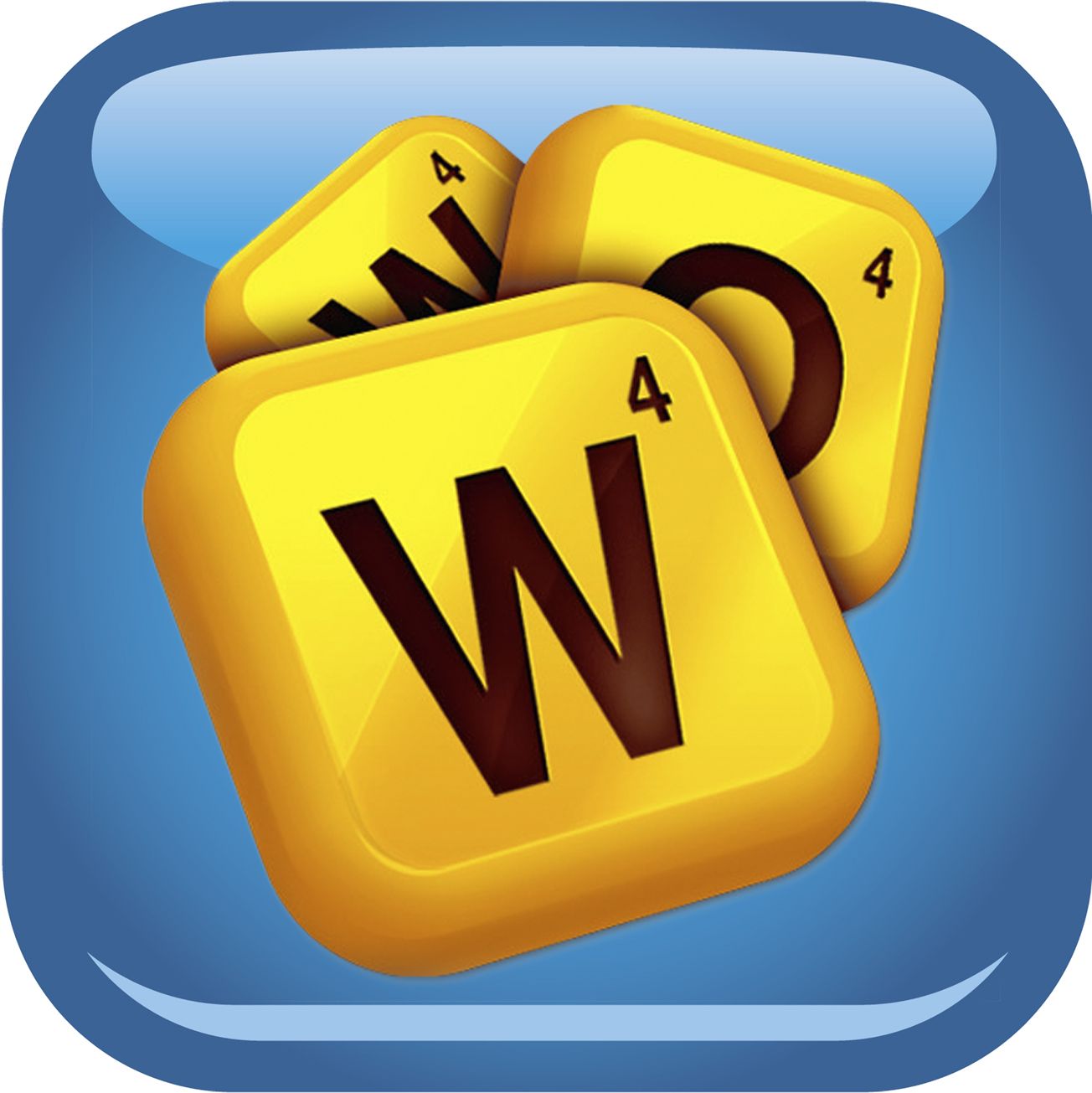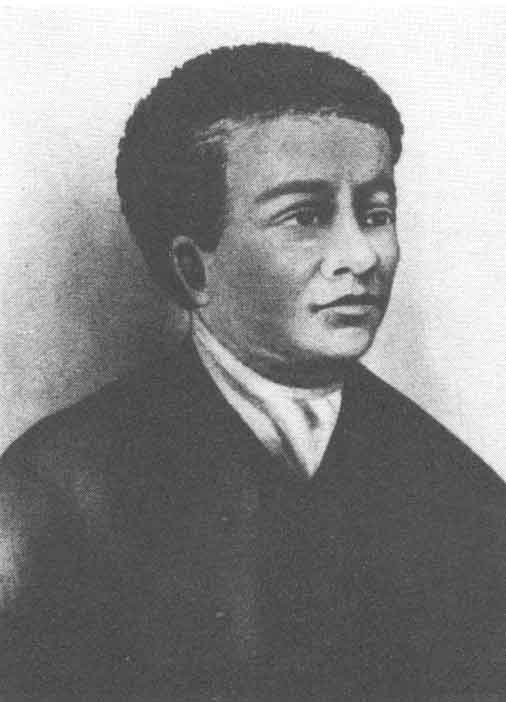Fourth grade will be performing during January's flag raising. Here are the lyrics to one of the songs the students will sing, so they can start practicing next week and over Winter Break:

FIFTY NIFTY United States
Fifty nifty United Stated from thirteen original colonies
Fifty nifty stars in the flag that billows so beautifully in the breeze
Each individual state contributes a quality that is great
Each individual state deserves a bow; Let’s salute them now
Fifty nifty United States from thirteen original colonies
Shout em, scout’em, Tell all about’em
One by one, ‘til we’ve given a day to every state that’s
In the USA,
Alabama, Alaska, Arizona, Arkansas, California,
Colorado, Connecticut,
Delaware, Florida, Georgia, Hawaii, Idaho, Illinois
Indiana.
Iowa, Kansas, Kentucky, Louisiana, Maine, Maryland,
Massachusetts, Michigan,
Minnesota, Mississippi, Montana, Nebraska, Nevada
New Hampshire, New Jersey, New Mexico, New York
North Carolina, North Dakota, Ohio
Oklahoma, Oregon, Pennsylvania, Rhode Island
South Carolina, South Dakota, Tennessee, Texas
Utah, Vermont, Virginia, Washington, West Virginia
Wisconsin, Wyoming
North, South, East, West….
In our cool, considered, objective, unprejudiced
Opinion, FLORIDA is the best of the
Fifty nifty United State from thirteen original colonies
Fifty nifty stars in the flag that billows so beautifully in
The breeze
Each individual state contributes a quality that is great
Each individual state deserves a bow; Let’s salute them now!



































